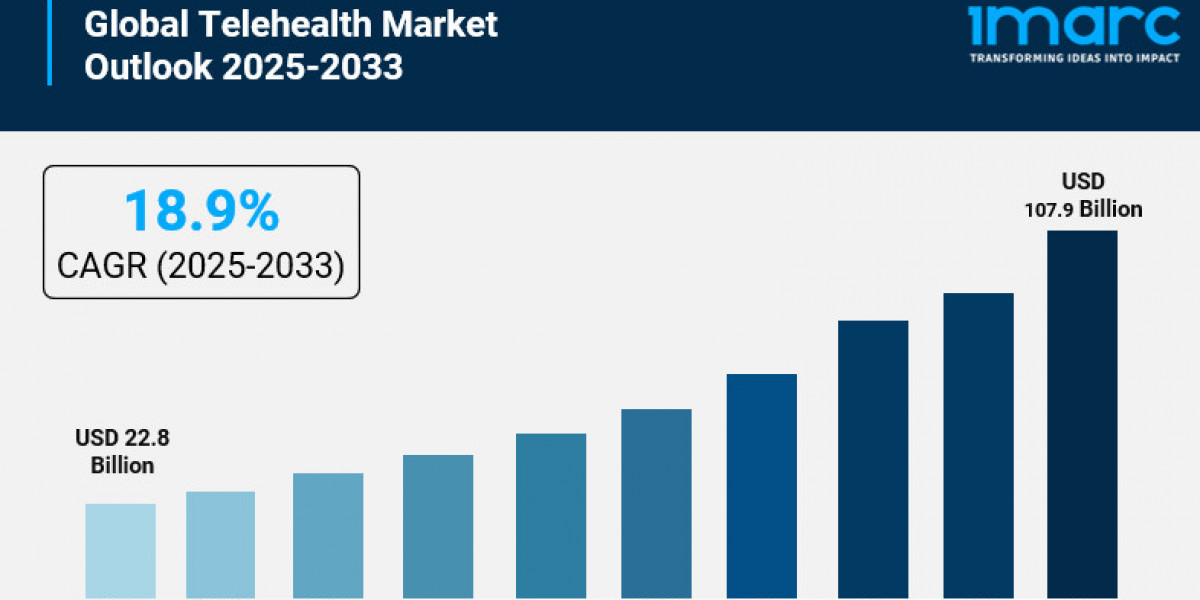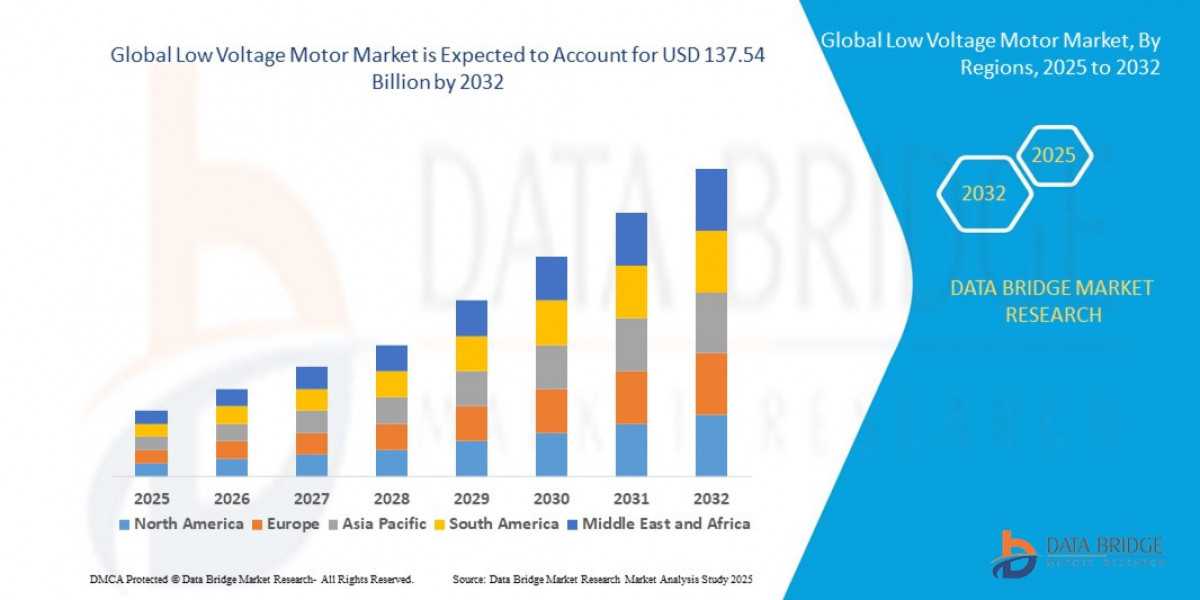The global telehealth market size was valued at USD 22.8 Billion in 2024 and is projected to reach USD 107.9 Billion by 2033. It is anticipated to grow at a CAGR of 18.9% during the forecast period of 2025-2033. This growth is driven by factors such as increasing geriatric population, advancements in communication technologies, improved healthcare accessibility, and rising demand for remote patient monitoring.
Study Assumption Years
- Base Year: 2024
- Historical Year/Period: 2019-2024
- Forecast Year/Period: 2025-2033
Telehealth Market Key Takeaways
- Current Market Size: USD 22.8 Billion in 2024
- CAGR: 18.9% (2025-2033)
- Forecast Period: 2025-2033
- The market is experiencing robust growth due to improvements in communication technology and increased use of mHealth applications.
- Growing incidences of chronic diseases and the need for continuous monitoring are driving demand.
- North America dominates the market due to its advanced healthcare infrastructure and high technology adoption.
- Regulatory and privacy concerns pose challenges but also create opportunities in underserved regions.
- The shift towards patient-centric care is enhancing telehealth adoption by increasing accessibility and personalized services.
Request for a Free Sample Report: https://www.imarcgroup.com/telehealth-market/requestsample
Market Growth Factors
The increase in telehealth has been partly fueled by an increase in frequent monitoring of patients with chronic disease conditions. According to the World Health Organization (WHO), one in six people will age over 60 years by 2030 as it doubles by 2050 for a total of 2.1 billion older people worldwide. Telemonitoring or remote monitoring for early interventions can cut hospital visits, raise quality of life and lessen burden on the healthcare system in older adults.
Improvements in technology, internet and cellular coverage and speed, wearables, and cloud computing improve the sharing of health data, remote consultation with patients, and real-time monitoring of their health outcomes. Artificial intelligence implements machine learning and is used to improve the level of diagnosis and care that telehealth is able to deliver.
Opportunities include a greater focus on patients (telehealth for those who do not need to be seen in person), and use of data collected through mHealth apps in ways that allow for more personalized care and real-time modifications to care. Companies such as Phillips and Teladoc Health, in response to heightened demand from patients, have created products designed to improve acute telehealth care and chronic disease management and tracking.
Market Segmentation
Component:
- Software: Telehealth software includes platforms and applications facilitating virtual healthcare services.
- Hardware: Includes devices and equipment required to deliver telehealth services.
- Services: Encompasses advisory, implementation, management, technical support, coaching, and training necessary for effective telehealth operation. Services currently hold the largest market share, highlighting their importance in deployment and compliance.
Communication Technology:
- Video Conferencing: Platforms enabling face-to-face remote consultations.
- mHealth Solutions: Utilizes smartphones, tablets, and wireless devices for immediate health monitoring and data handling, leading the market segment.
- Others: Additional communication technologies involved in telehealth services.
Hosting Type:
- Cloud-Based and Web-Based: Provides scalable, cost-efficient access to telehealth platforms globally, currently the dominant hosting type.
- On-Premises: Telehealth solutions installed and managed within healthcare providers' local infrastructure.
Application:
- Teleconsultation and Telementoring: Remote expert consultations and guidance.
- Medical Education and Training: Virtual learning and training programs for healthcare professionals.
- Teleradiology: Remote transmission and diagnosis of radiological images, the largest application segment.
- Telecardiology: Remote cardiac monitoring and consultation.
- Tele-ICU: Intensive care services provided remotely.
- Tele-Psychiatry: Psychiatric services delivered via telehealth.
- Tele-Dermatology: Skin-related medical services remotely offered.
- Others: Additional telehealth applications.
End-User:
- Providers: Hospitals, clinics, and private practices extensively using telehealth, holding the largest end-user market share.
- Patients: Individuals receiving healthcare services remotely.
- Payers: Insurance companies and other entities financing telehealth services.
- Others: Additional stakeholders in telehealth.
Region:
- North America
- United States
- Canada
- Asia Pacific
- China
- Japan
- India
- South Korea
- Australia
- Indonesia
- Others
- Europe
- Germany
- France
- United Kingdom
- Italy
- Spain
- Russia
- Others
- Latin America
- Brazil
- Mexico
- Others
- Middle East and Africa
Regional Insights
In North America, the telehealth and telemedicine market has dominated due to improved healthcare infrastructure, increasing penetration of technology, and favorable government initiatives in the region. An increasing geriatric population is expected for the region to witness. The number of people aged 65 years and above in the region should arrive by 80.8 million around 2040. These demographic factors shift and chronic disease prevails greatly. This makes North America the largest telehealth market globally.
Recent Developments & News
September 2021: Medtronic Inc. partnered with Statis Labs Inc to expand access to the Stasis Monitor, a connected care multi-parameter monitoring system in India.
February 2022: Teladoc Health Inc. launched Chronic Care Complete, providing connected devices and personal health coaches for diabetes, prediabetes, and hypertension management.
March 2023: Philips Healthcare introduced Virtual Care Management, a telehealth solution aimed at enhancing patient engagement, health outcomes, and cost savings through chronic condition management.
Key Players
- Aerotel Medical Systems
- Allscripts Healthcare LLC
- AMD Global Telemedicine Inc.
- American Well Corporation
- Biotelemetry Inc.
- Cerner Corporation
- Cisco Systems Inc.
- GE Healthcare Inc. (General Electric)
- Honeywell Life Care Solutions
- Medtronic Inc.
- Philips Healthcare
- Teladoc Health Inc.
If you require any specific information that is not covered currently within the scope of the report, we will provide the same as a part of the customization.
Ask Our Expert & Browse Full Report with TOC & List of Figures: https://www.imarcgroup.com/request?type=report&id=2175&flag=E
About Us
IMARC Group is a global management consulting firm that helps the world’s most ambitious changemakers to create a lasting impact. The company provide a comprehensive suite of market entry and expansion services. IMARC offerings include thorough market assessment, feasibility studies, company incorporation assistance, factory setup support, regulatory approvals and licensing navigation, branding, marketing and sales strategies, competitive landscape and benchmarking analyses, pricing and cost research, and procurement research.
Contact Us
IMARC Group,
134 N 4th St. Brooklyn, NY 11249, USA,
Email: sales@imarcgroup.com,
Tel No: (D) +91 120 433 0800,
United States: +1-201971-6302








